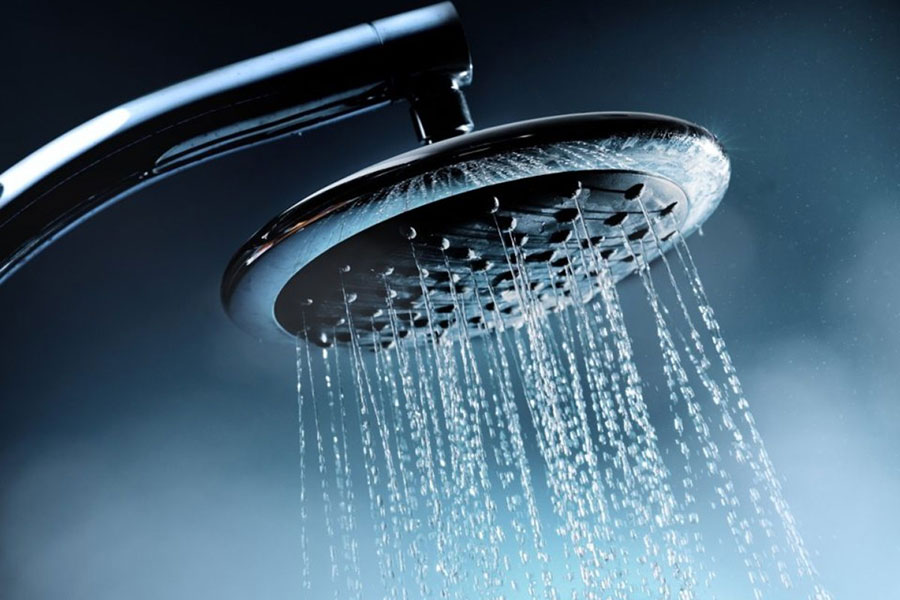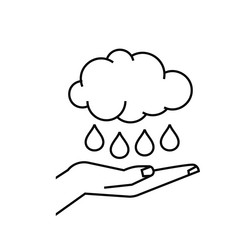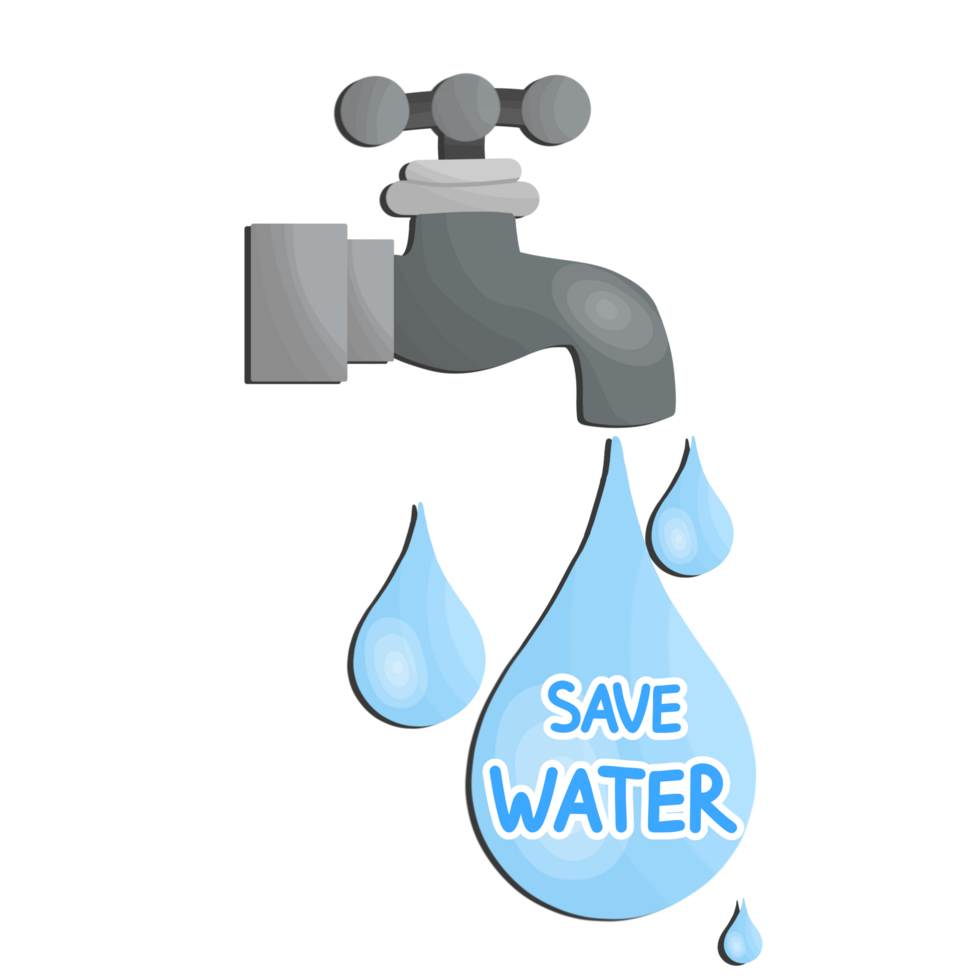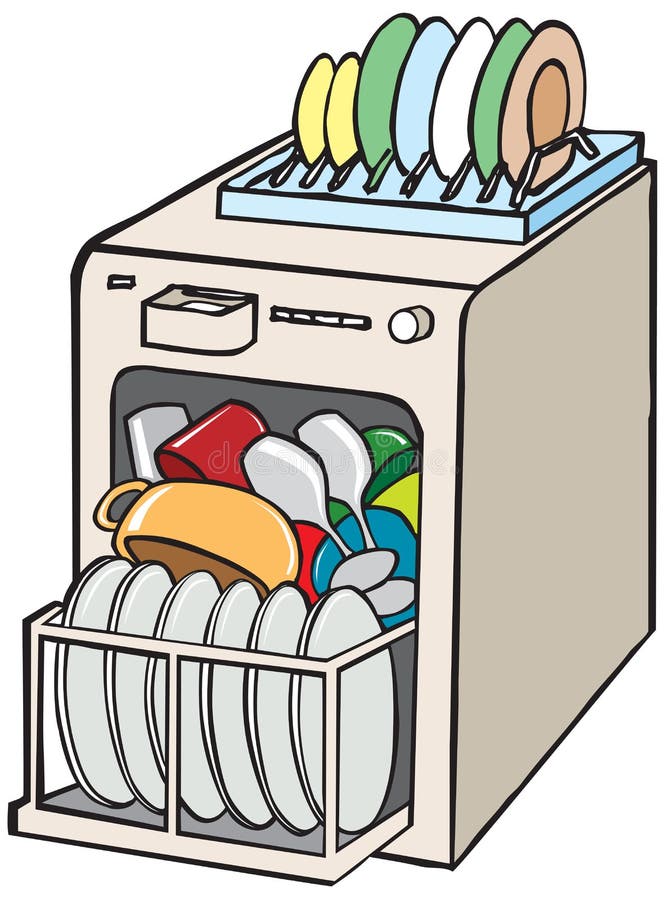
1. Fix Leaky Faucets
Repair any dripping faucets in your home to prevent water wastage.
1. Turn off the water supply to the faucet using the shut-off valves located beneath the sink.
2. Remove the faucet handle and any decorative caps to access the cartridge or valve.
3. Replace any damaged O-rings or washers, and reassemble the faucet parts.
4. Turn the water supply back on, and check for leaks. Adjust as needed to ensure a tight seal.

2. Install Low-Flow Showerheads
Replace your showerheads with low-flow ones to reduce water consumption during showers.
1. Turn off the water supply to the shower by shutting off the main valve.
2. Remove the existing showerhead using an adjustable wrench or pliers.
3. Wrap plumber's tape around the shower arm threads and then screw on the low-flow showerhead.
4. Turn the water supply back on and test the new showerhead for leaks and adjust the flow rate if necessary.

3. Collect Rainwater
Set up rain barrels to collect rainwater for outdoor use like watering plants.
1. Set up a rain barrel or collection system beneath a downspout on your roof.
2. Ensure the barrel has a screen or filter to prevent debris from entering.
3. When it rains, the water will flow from the downspout into the barrel.
4. Use the collected rainwater for gardening, watering plants, or other non-potable purposes to conserve water resources.

4. Use a Broom, Not a Hose
Instead of using a hose, sweep driveways and sidewalks to save water.
1. Sweep outdoor areas like driveways, sidewalks, and patios with a broom.
2. Avoid using a hose for cleaning these surfaces as it wastes water.
3. Using a broom is an eco-friendly and water-conserving alternative.
4. Save water and reduce your environmental impact by choosing a broom over a hose for outdoor cleaning tasks.

5. Run Full Dishwasher Loads
Only run your dishwasher when it's full to maximize water efficiency.
1. Wait until your dishwasher is full before running a cycle.
2. Running full loads maximizes water and energy efficiency.
3. Avoid wasting resources on partial loads.
4. Save both water and electricity while keeping your dishes clean by practicing this habit.

6. Turn Off the Tap While Brushing
Don't let the water run while brushing your teeth. Use it only when necessary.
1. Start by wetting your toothbrush and then turn off the tap to prevent water wastage.
2. Apply toothpaste and brush your teeth thoroughly.
3. Only turn the tap back on when it's time to rinse your mouth and toothbrush.
4. This simple habit can save a significant amount of water over time and reduce your environmental footprint.